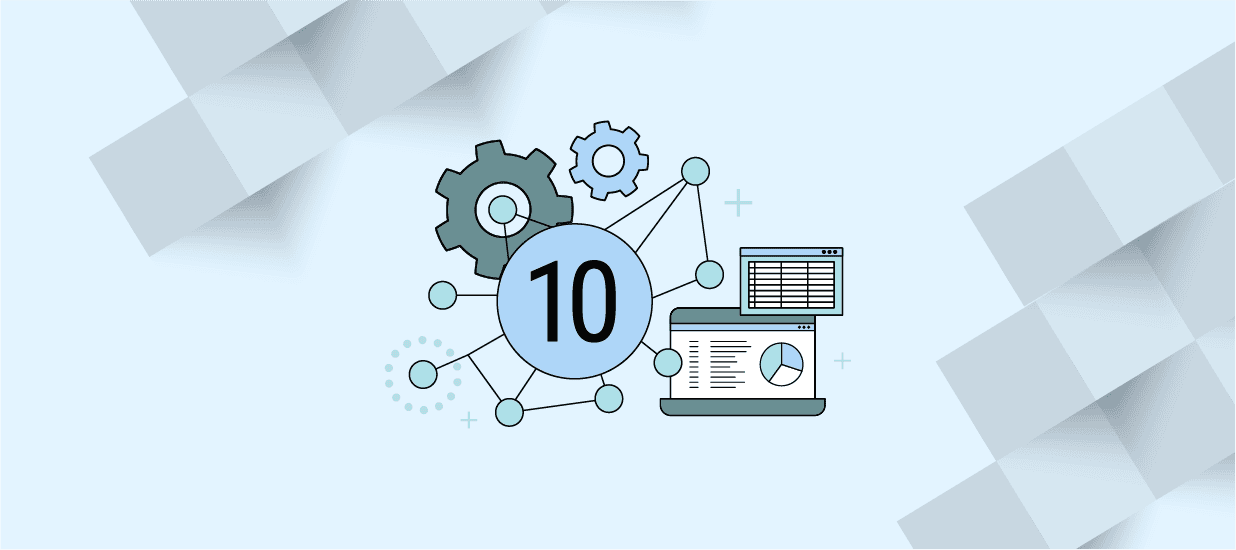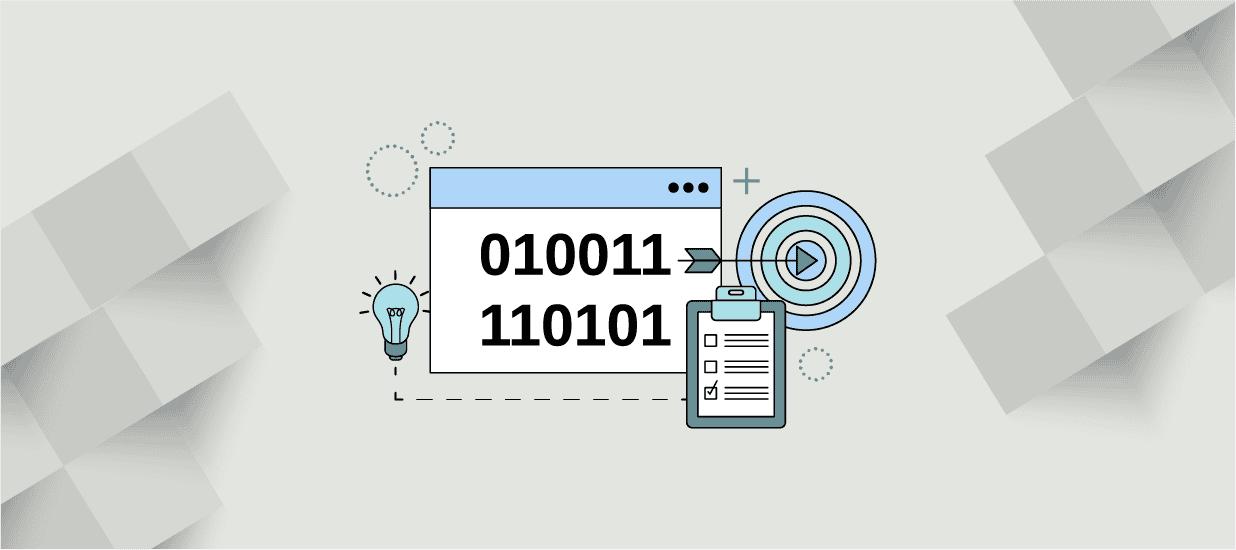Many companies realize the benefit of analyzing their data. Yet, they face one major challenge. Moving massive amounts of data from a source to a destination system causes significant wait times and discrepancies.
A data pipeline mitigates these risks. Pipelines are the tools and processes for moving data from one location to another. A data pipeline’s primary goal is to maintain data integrity as the information moves from one stage to the next. The data pipeline is a critical part of an organization’s growth as the information helps people make strategic decisions using a consistent data set.
Here are the top 10 technologies you need to build a data pipeline for your organization.
What Technologies Are Best for Building Data Pipelines?
A data pipeline is designed to transform data into a usable format as the information flows through the system. The process is either a one-time extraction of data or a continuous, automated process. The information comes from a variety of sources. Examples include websites, applications, mobile devices, sensors, and data warehouses. Data pipelines are critical for any organization to make strategic decisions, execute operations or generate revenue. Data pipelines minimize manual work, automate repetitive tasks, eliminate errors and keep data organized.
1. Free and Open-Source Software (FOSS)
Free and Open-Source Software (FOSS) is, as the name suggests, both free and open-sourced. This means accessing, using, copying, modifying and distributing the code is free.
There are various advantages of using FOSS over proprietary software. For one, FOSS costs less. Secondly, FOSS offers better reliability and more efficient resource usage. The software allows complete control over the code. As a result, FOSS enables companies to customize the software to meet their needs. Many of the technologies listed below fall into this category.
2. MapReduce
MapReduce is an algorithm for breaking large amounts of information into small chunks and processing them in parallel. Hadoop distributes these tasks across many nodes and allows multiple computers to operate simultaneously. Essentially, MapReduce enables the entire cluster to work as one computer.
3. Apache Hadoop
Apache Hadoop is an open-source implementation of the MapReduce programming model on top of Hadoop Distributed File System ( HDFS ). Hadoop provides a framework for the distributed processing of large data sets across many nodes.
4. Apache Pig
When it comes to expressing dataflow programs, Apache Pig is the go-to tool. Pig is a high-level language programming language. The language is well suited to stream processing tasks such as real-time data processing, machine learning, and interactive analysis. Pig implements the MapReduce model by extending the Java language with new operators and functions. These functions make processing complex jobs more efficient.
5. Apache Hive
Apache Hive is an open-source data warehouse system for storing, manipulating, and analyzing unstructured big data stored in Hadoop clusters. Hive extends SQL with a set of operations for manipulating large datasets stored in HDFS using a SQL-like syntax. Hive provides an abstraction over Hadoop’s file system to allow users to interact with HDFS using familiar SQL syntax without needing to be familiar with Hadoop’s programming model or MapReduce programming model.
6. Apache Spark
Apache Spark is a fast-growing technology based on Hadoop. Like Hadoop, Spark is an open-source framework that provides scalable distributed computing capabilities for big data processing.
7. Apache Flume
Apache Flume is a distributed streaming data collection, aggregation, and integration toolkit for Hadoop. Flume enables companies to collect streaming data from many sources into a central location. Flume can be used for things like monitoring systems where it collects metrics from various devices such as routers or switches and stores them in HDFS for analysis by other tools such as Spark or Hive. Flume is also used to collect log files from various systems into HDFS for processing by other tools, such as MapReduce or Pig. Flume provides a simple yet powerful HTTP API for other applications to interact with the central store of data being collected.
8. Amazon Web Services (AWS)
AWS provides a scalable, highly available infrastructure for building data pipelines. AWS offers S3 as a storage service for large volumes of data. S3 is compatible with standard Hadoop file formats. Amazon DynamoDB is a highly scalable database service also used to store large volumes of data in buckets for real-time predictive analysis. Amazon Redshift provides the ability to query large datasets using SQL.
9. Apache Kafka
Apache Kafka is an open-source distributed messaging system designed for high-throughput applications needing reliable real-time communication between distributed applications. Kafka is used in many production environments that require real-time processing for high availability or streaming data from many heterogeneous sources. It is commonly deployed as an application layer service within a Hadoop cluster or on top of other technologies, such as Spark or Kafka.
Kafka offers similar benefits to Hadoop in terms of batch processing. However, Kafka features better scalability as it scales across many machines, making it more suitable for use cases involving large volumes. Kafka has been gaining popularity due to its simplicity and ease of use compared to other solutions.
Kafka also has some additional benefits. For example, Kafka can be used as an event bus and as a message queue with low latency and high throughput. Kafka also handles larger transactions at once. This feature makes Kafka an ideal solution for large-scale batch processing applications.
10. Python
Python is an easy-to-use high-level programming language. Python can be used to write highly-scalable, maintainable and extensible applications. Python can also be used for scripting and automation purposes, such as building websites or automating tasks. Due to its versatility, Python has been gaining popularity recently, especially among web developers.
As organizations become more reliant on data, the need for efficient data processing becomes increasingly important. A data pipeline transforms data into a usable form as it flows through the system. Companies rely on this information for data-backed decision-making.
Author
-

The Pragmatic Editorial Team comprises a diverse team of writers, researchers, and subject matter experts. We are trained to share Pragmatic Institute’s insights and useful information to guide product, data, and design professionals on their career development journeys. Pragmatic Institute is the global leader in Product, Data, and Design training and certification programs for working professionals. Since 1993, we’ve issued over 250,000 product management and product marketing certifications to professionals at companies around the globe. For questions or inquiries, please contact [email protected].
View all posts








